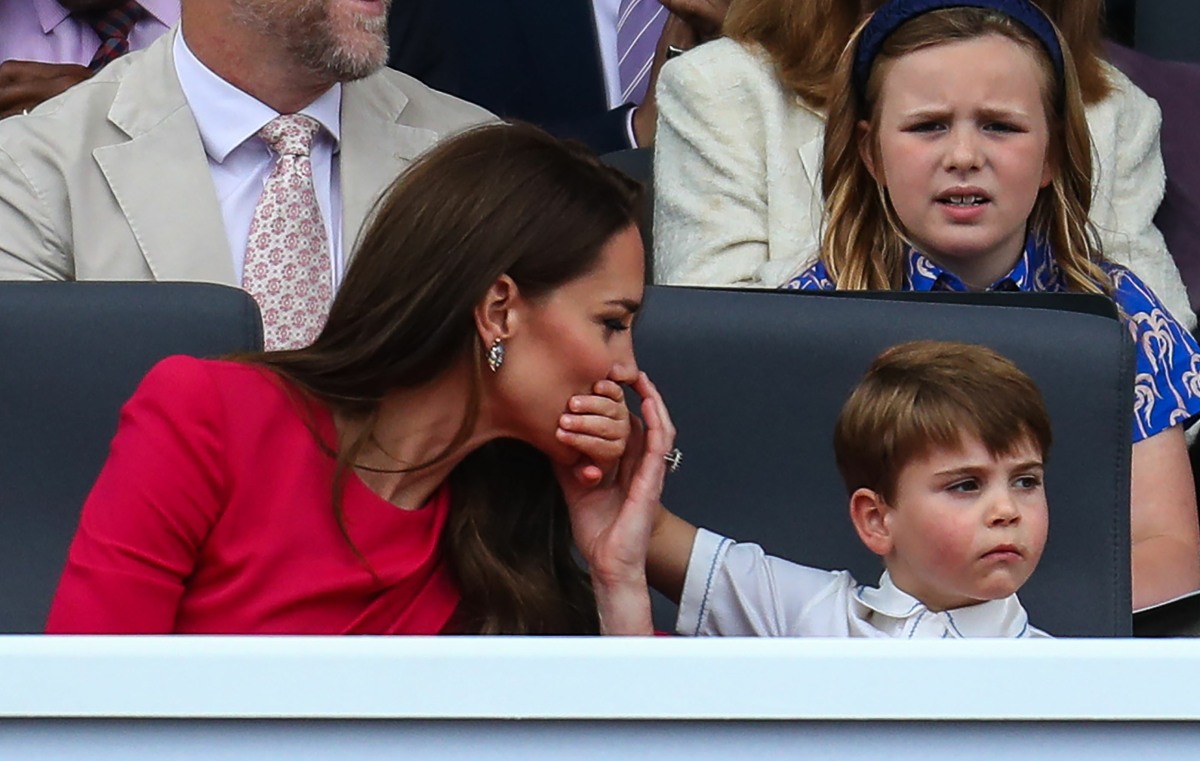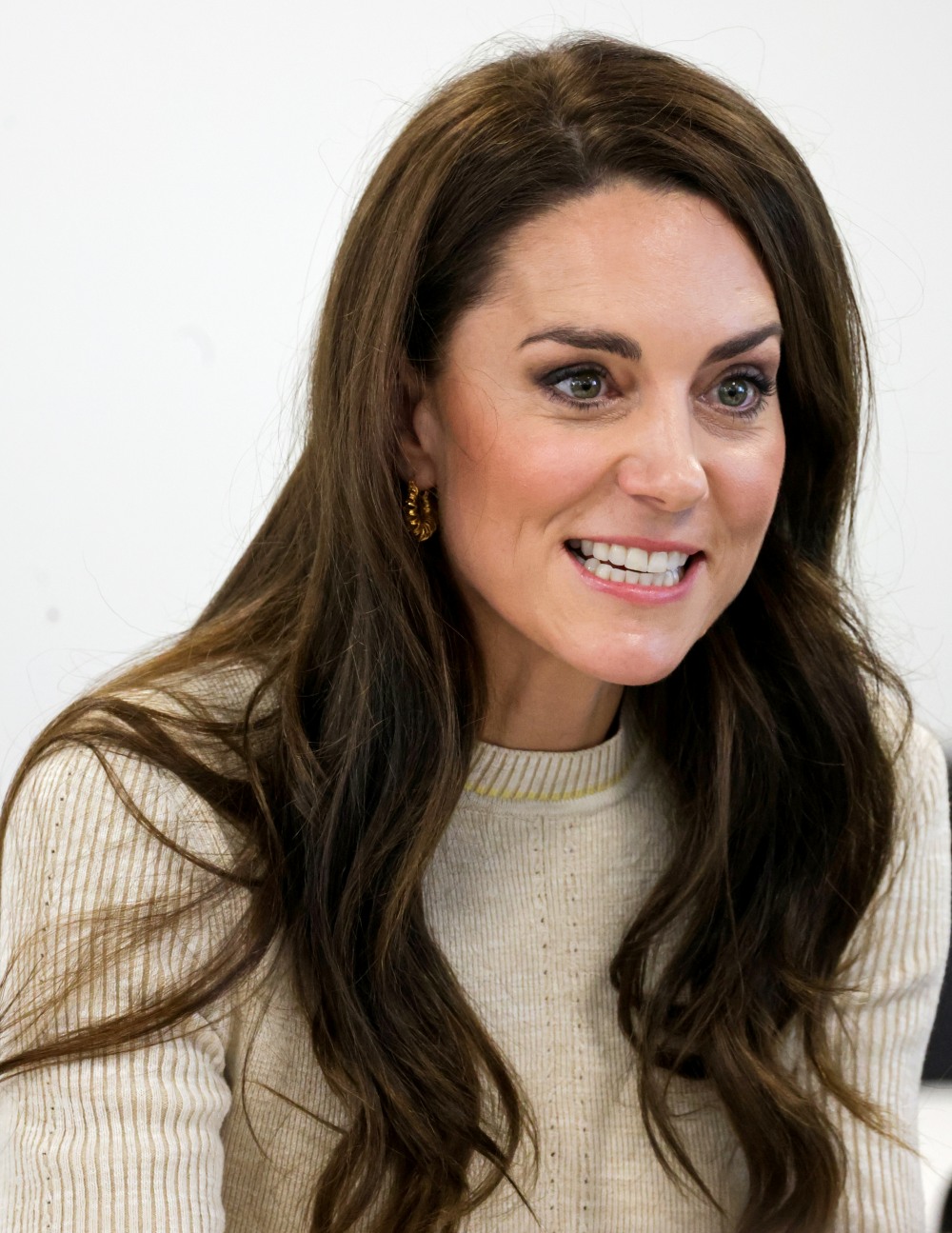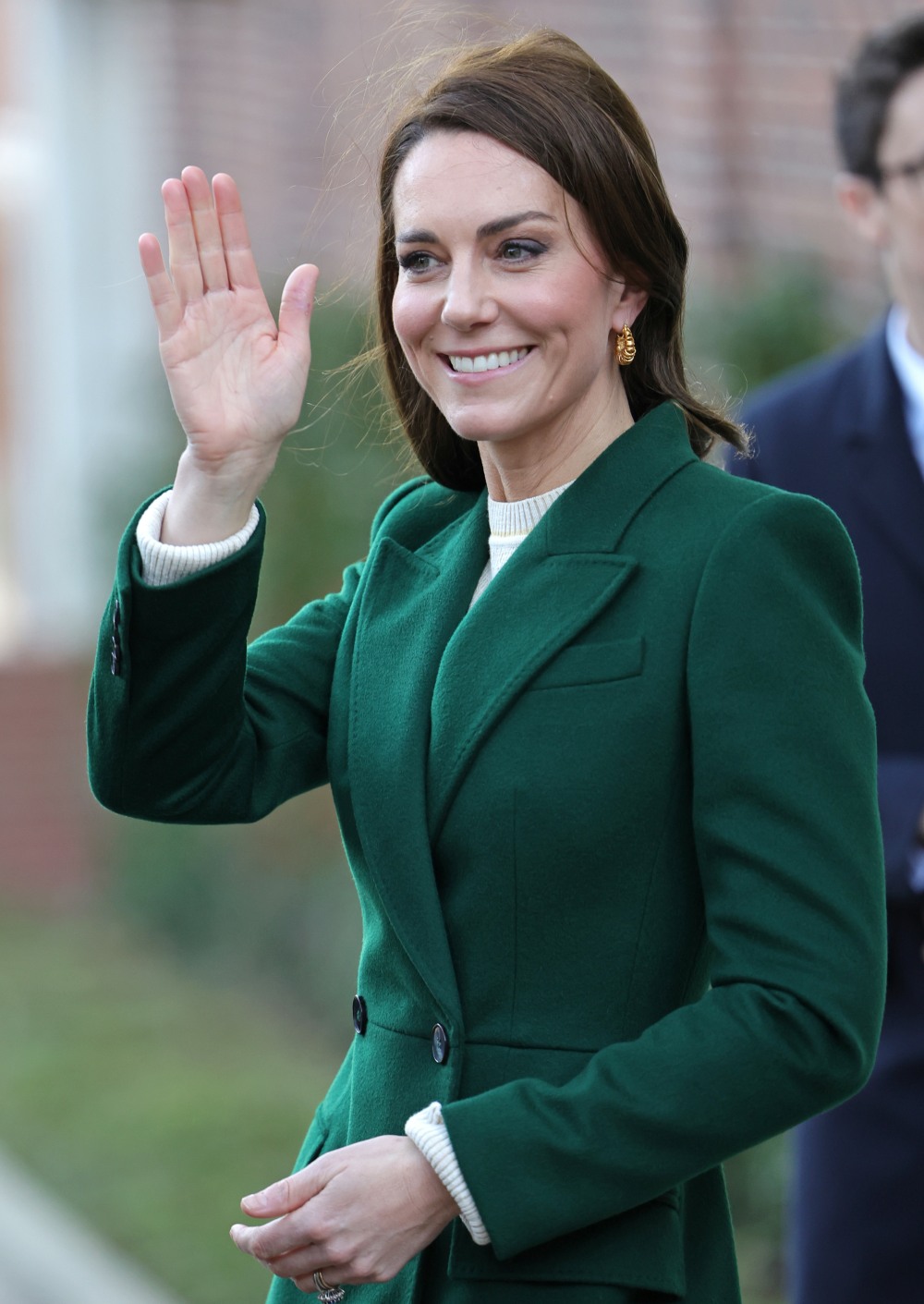Princess Kate’s child development tip: ‘Faces are a baby’s best toy’

As part of the Princess of Wales’s week-long launch of Shaping Us, Kensington Palace posted a photo from the Middleton archives. This is a pic of Kate when she was a baby, with her father, Michael Middleton. Kate was the first-born child, the golden child, I believe. Carole and Mike are still preferential towards her, although I buy that Carole tries to run all of her kids’ lives.
On Tuesday we launched #ShapingUs to raise awareness of the vital role our early years play in shaping the rest of our lives.
📸 with Dad, by Mum. [1/3] pic.twitter.com/YZpOGl0dCP
— The Prince and Princess of Wales (@KensingtonRoyal) February 4, 2023
C
[3/3]
— The Prince and Princess of Wales (@KensingtonRoyal) February 4, 2023
Again, she’s not interested in seeing photos from your childhood if you were over the age of 5. The message is clear: if you didn’t get it right in your first five years, you’re going to be terrible forever. And is a “face” really “a baby’s best toy”? Babies are learning depth perception and they’re learning facial expressions, so they will study their parents’ faces and reach out to touch faces. But “best toy” seems… creepy.
Speaking of, the i paper had another interesting op-ed about Kate’s performative, self-centering, insubstantial work. Here’s an excerpt from Ralph Leonard’s “The public is tiring of the Royal Family’s performative philanthropy.”
The Royal Family are supposed to be above politics. But philanthropy is part of their duty too. Putting their name behind good causes helps justify the privileged lives they live, and the status they enjoy. This week though, Kate and William faced backlash after their visit to a foodbank. Though we cannot know whether the couple donated too, criticisms ranged from them turning up empty handed in a luxury car, to questioning the merit of visiting a food bank like one might visit a museum or amusement park.
Perhaps Kate’s recent announcement of an awareness campaign for early childhood development was carefully selected to be above such critique. It’s more universal and doesn’t immediately allude to economic inequality. At first glance, it sounds innocuous, harmless and even quite generous.
The problem with this “major new awareness-raising campaign” though, is that she can’t say anything about what Britain is currently doing wrong. It would open her up to accusations of hypocrisy and undue political interference.
Because of her royal status, she can afford to send her children to the world class £20,000-a-year Lambrook School in Berkshire, which enjoys charitable status (as other private schools do, based on questionable charity work). That school has seen its assets increase by 64 per cent in recent years. And her focus on raising awareness carefully skates past the fact that we have plenty of research on how best to improve child development: by reducing child poverty and educational inequality. But instead, government cuts, staffing shortages and inflation caused around 300 nurseries to close from 2021 to 2022.
…There is ongoing bad press on everything from Prince Andrew’s sex abuse allegations to Harry’s revealing memoir – which makes these visits, and these causes more tempting than ever. Some of you will remember how after that Oprah Winfrey interview, Prince Charles randomly popped up at a multicultural church. As part of his Virginia Giuffre settlement, Prince Andrew made a substantial donation to a charity in support of victims’ rights. I would argue that neither has absolved the royals in the court of public opinion. In fact, when royals invited members of civil society to the palace, it actually sparked bad press after the Lady Susan Hussey debacle.
And the final, perhaps most detrimental threat is the Queen’s death. With her studied neutrality and modesty, and the near-universal respect she garnered across generations she gave the family a veneer of respectability. Even among republicans. But now, speaking up about the shortcomings of the royal family seems more fair game. BBC correspondents have veered dangerously close to publishing opinion pieces about former royals, for example.
The consistent stream of bad publicity could take its toll, especially when the good deeds to counteract it aren’t landing well. Recent polling indicates that, among 18–24-year-olds, belief that the monarchy is good for the country is as low as 33 per cent compared to 61 per cent in 2015, long before the recent scandals. There will be no powerful republican movement any time soon. But as it becomes glaringly obvious that inequality will not be solved by royal posturing, perhaps more people will begin to question what our royal family are really good for.
[From The i paper]
I agree that it’s not specifically a Kate problem, although she’s not helping herself or the family. This is a larger problem of the Windsors’ uselessness, made all that much more glaring in the wake of QEII’s death. Charles’s decades-long scheme to “streamline” the monarchy always presupposed the idea that the handful of working royals would be useful and hardworking. That’s not the case, especially with Charles’s heir and the heir’s wife. As CB and I discuss in the latest Gossip with Celebitchy podcast, for Kate, it’s gone beyond “well, at least she’s doing something.” People expect more, a lot more than this “awareness raising campaign” leading nowhere.
Photos courtesy of KP, Avalon Red, Cover Images, Instar.
Source: Read Full Article


